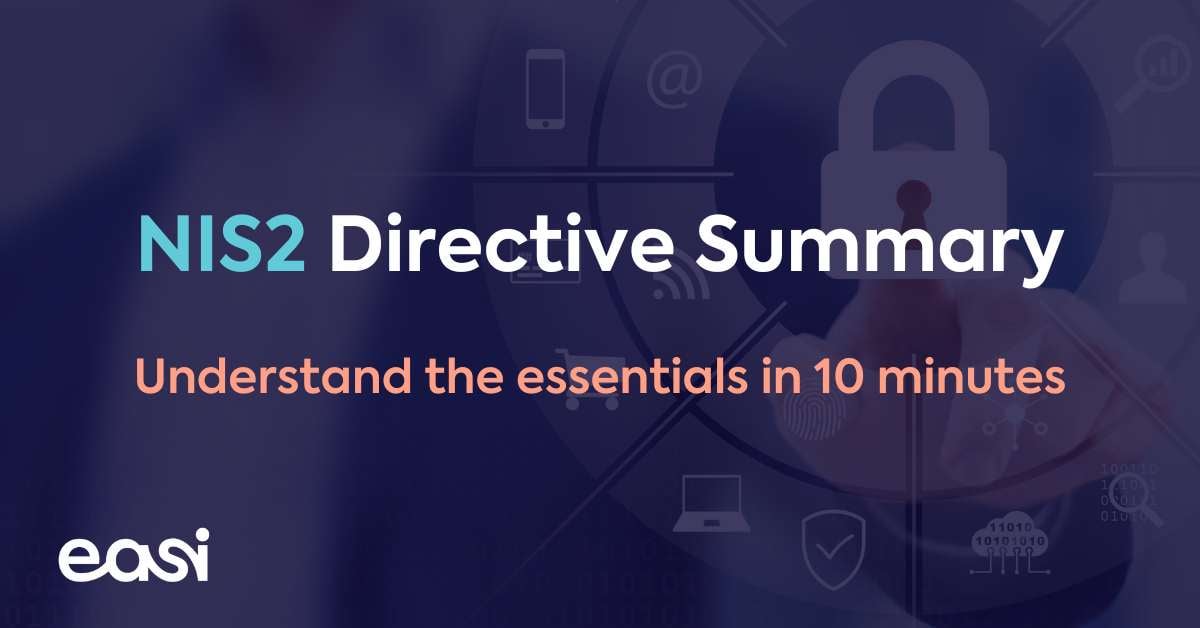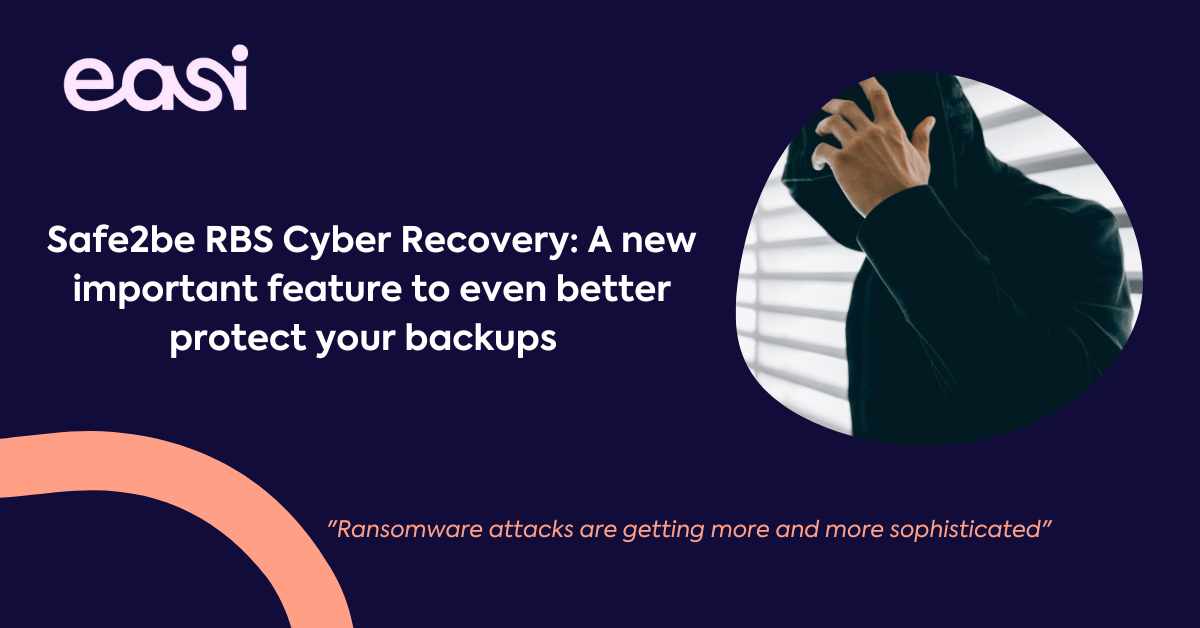Due to the coronavirus your employees will probably need to work from home. Are you ready?
With this global disease, we need to keep working even if it's at home! That's why you have to give opportunities to your employees to work from home.
A global change
COVID-19 (Coronavirus) is changing the way of work! Indeed, we work more from home than ever in the history....
In China since 3 February, 15 million Chinese have been experiencing the pros and cons of the home office for the first time. In California and New-York State, 50% of the people are working from home.
It's happening everywhere but are you ready for this ?
At EASI we want to ensure work anywhere in the office and at home.
We have different solutions to learn how to keep your enterprise running without being affected by the consequences of workforce transition where the goal is to work remotely from home with secure access to company network, data and tools.
Business As Usual
First things first, if homeworking is business as usual within your company, you do have the necessary infrastructure available but did you think about those extra licenses - or extra tokens if any?
Setting up the infrastructure
Working remotely from home requires an infrastructure and a bandwidth capable of handling the increasing amount of data in motion. You could set up the classic Remote Desktop Services (RDS) server(s) and enable two-factor authentication (2FA). Alternatively, you may use Virtual Desktop Infrastructures (VDI) such as VMware Horizon View or Citrix.
Securing the access
Securing the tunnel between the employee endpoint and your company happens through SSL VPN solutions such as Fortinet, Pulse Secure, etc.
Make sure that when employees connect from home, they are only allowed to do it from a company owned device which should be secured with and endpoint security solution such as e.g. SentinelOne, so they are protected against known and unknown malware.
From a security point of view, please take also into account to give your remote employees a least privilege access. Enforce reasonable session time-outs for sensitive programs or applications and provide them with professional services for remote file storage. Try to make the access to your company network through a centralized entry point so you can monitor it efficiently.






